The Oxford Handbook of Opera
Oxford University Press, $211 hb, 1216 pp, 9780195335538
The Oxford Handbook of Opera edited by Helen M. Greenwald
Orpheus – composer and singer of his own song – is regarded as the founding figure of opera. One of the most arresting images of Orpheus is of his death – his dismembered head on his lyre floating down a river, still singing. Opera’s history is dogged by its own death wish; the art form has been pronounced dying, or even dead almost from its inception, yet zombie-like it refuses to die, and like Orpheus’s head, its song continues. Despite frequently being written off as nothing more than an art form belonging in a museum, more opera is being performed than ever before, and technological advances in the last hundred years have radically changed the way opera is consumed. In time, opera houses – temples or museums – might well disappear, but the art form still continue to flourish.
If opera has been in a constant state of dying, then the fundamental feature of this lengthy demise is the contest between words and music. ‘In the beginning was the word’, and premised on the centrality of the word has been a continuous dialectic between word and music, the successful operas achieving a unique synthesis. In almost biblical terms, every great operatic reform movement has argued the need to return to its founding principle in the word, but music has proven to be an overwhelming foe.
The history of opera spans more than four hundred years, and The Oxford Handbook of Opera almost matches the length of the subject, weighing in at well over a thousand pages. During the last twenty or more years, opera has become the site of a wide range of scholarly activity; Lydia Goehr in her chapter, ‘The Concept of Opera’, presents a broad-ranging overview of the territory, arguing that a history ‘may be written from different disciplinary and interdisciplinary standpoints’, including ‘genre, or opera’s relation to the individual arts, or on its constituent media, means, technologies … or on opera’s contribution to ideas such as work, genius or virtuosity; singing, diction, or acting; performativity, dramaturgy or theatricality’. She suggests that one may write opera’s history ‘along the lines of myth, religion, humanism, or secularization’, or in terms that reveal ‘the changing status of composers, performers, singers critics, and audiences’.
Continue reading for only $2.50 per week. Subscribe and gain full access to Australian Book Review. Already a subscriber? Sign in. If you need assistance, feel free to contact us.


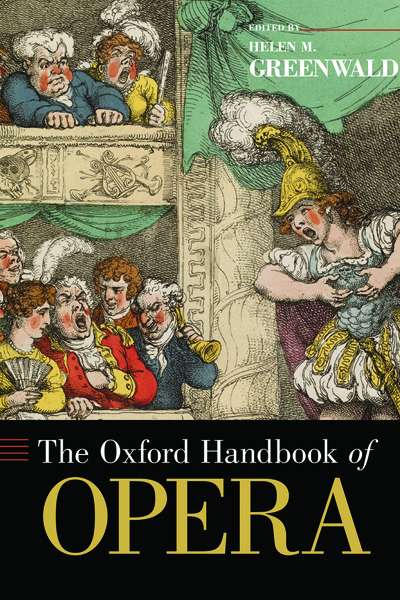
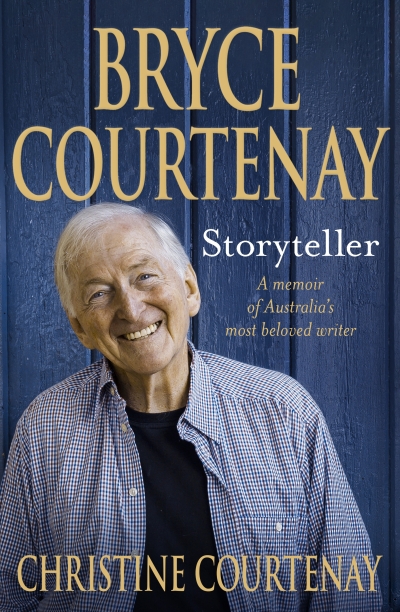
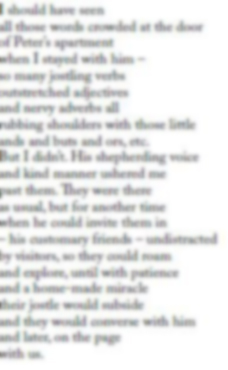
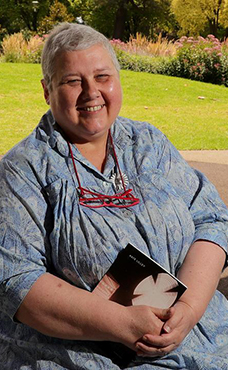

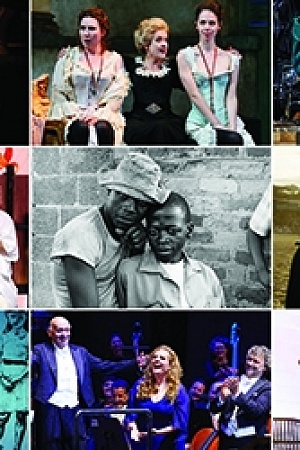

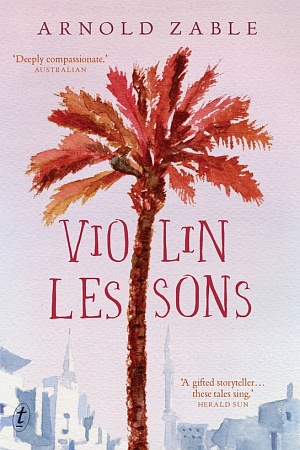

Leave a comment
If you are an ABR subscriber, you will need to sign in to post a comment.
If you have forgotten your sign in details, or if you receive an error message when trying to submit your comment, please email your comment (and the name of the article to which it relates) to ABR Comments. We will review your comment and, subject to approval, we will post it under your name.
Please note that all comments must be approved by ABR and comply with our Terms & Conditions.